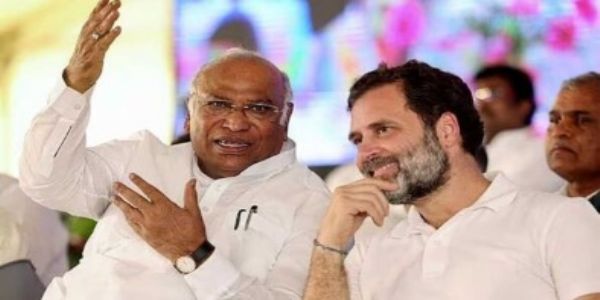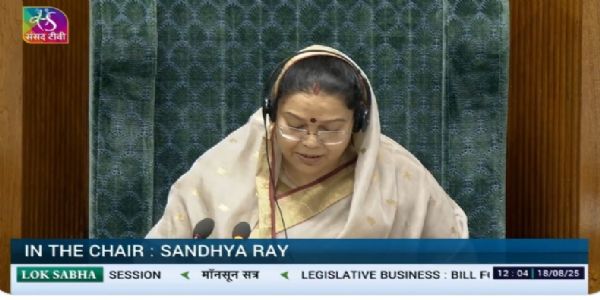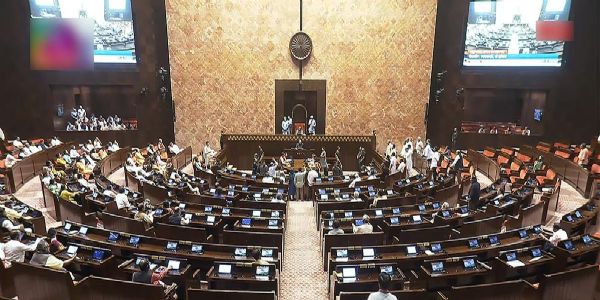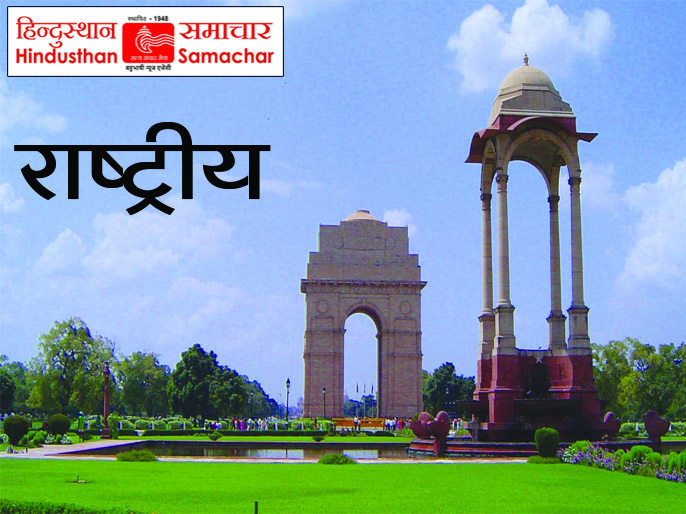
New Delhi, August 17(HS): Prime Minister Narendra Modi on Sunday inaugurated two major highway projects in the national capital — the Delhi section of the Dwarka Expressway and the Urban Extension Road-II (UER-II) — with a combined investment of over ₹11,000 crore. The projects are expected to significantly ease traffic congestion, improve logistics, and strengthen economic growth in the National Capital Region (NCR).
Speaking on the occasion,PM Modi said that modern infrastructure is not merely about cement and steel, but about creating “engines of growth, ease of living, and next-generation urban planning
The Prime Minister described the two highways as a “historic shift” in Delhi’s urban mobility. “These projects are not just about cement and concrete. They are engines of economic growth, better connectivity, and ease of living for millions,” he said while addressing a public gathering in Rohini.
Key Projects
Dwarka Expressway (Delhi Section): A 10.1-km, eight-lane, access-controlled corridor costing ₹5,360 crore. It links Shivmurti near Mahipalpur to the Delhi-Haryana border through Dwarka Sector-21 and integrates with metro lines, Yashobhoomi Convention Centre, and the upcoming Bijwasan railway station. It is positioned as an alternative to the congested Delhi-Gurugram expressway.
Urban Extension Road-II (UER-II): A 33-km corridor, built at ₹5,580 crore, connecting Alipur in North Delhi with Dichaon Kalan in West Delhi. Officials call it the “third ring road” for the city, providing direct connectivity to Bahadurgarh and Sonipat in Haryana, while diverting tens of thousands of trucks away from inner Delhi’s busy junctions.
The Projects fall under the Centre’s GatiShakti National Master Plan and Bharatmala Pariyojana. Modi underlined that such mega projects reflect India’s “biggest-ever infrastructure push since independence,” citing simultaneous progress in highways, airports, metros, and freight corridors.
Anticipated Impact
-Reduction of travel time by up to 40 minutes for commuters between Dwarka, Gurugram, and west Delhi.
d diversion of nearly 60,000 trucks daily from Delhi’s arterial roads, reducing pollution.
-Boost to freight efficiency for industrial hubs in Haryana like Sonipat, Manesar, and Bahadurgarh.
“Every minute saved means higher productivity for people and more competitiveness for our businesses,” the Prime Minister said, adding that these projects would also contribute to Delhi’s battle against congestion and vehicular pollution.
Hindusthan Samachar / Jun Sarkar








